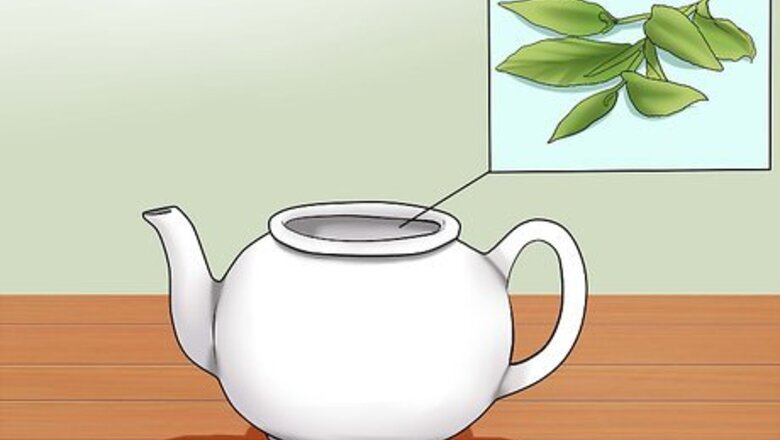
views
Steeping the Tea in Water
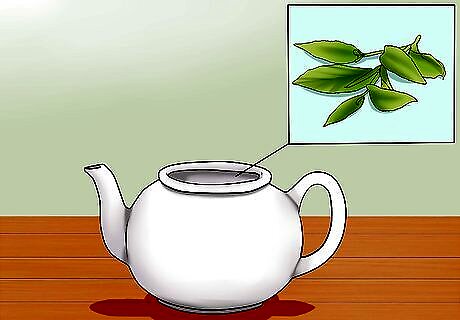
Obtain a brewing vessel. You could use a teapot for this purpose. Put tea leaves in the vessel. Cover the tea with a small amount of water. Don’t cover the tea with too much water; apply just enough to cover the leaves. Some people think this method is a myth. Others insist it works. Try it for yourself! The idea may date to a research study in Alabama that pointed out the Chinese would discard the liquid from their first tea infusion. Other studies have found the process removes some caffeine but not as much as claimed by some. Caffeine can have a negative effect on some people, including increased blood pressure, difficulty with sleep, and rapid eye movement, so reducing your caffeine intake can be a good idea.
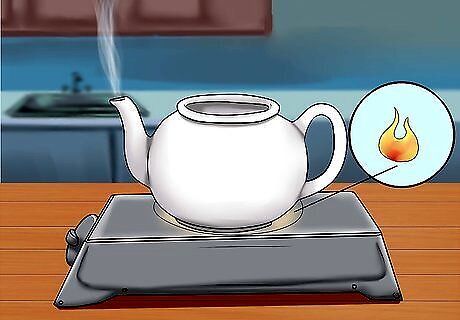
Heat the water so the tea will brew. Steep the tea in the hot water for 30 seconds to a minute. The hot water should remove some of the caffeine from the tea leaves. One method is to boil twice as much water as you need. You would then use half of the water to decaffeinate the tea, and half of it to actually drink later. You want to make sure that the water is boiling hot to ensure you get more caffeine out of the tea leaves. Think of this step as giving the tea a boiling bath. Or you can just put enough water on the tea to cover it. Now, you are ready to use the tea.

Change the temperature depending on the type of tea. Because different kinds of teas have different levels of caffeine, the recommendations vary. White tea should be steeped in 175- to 185-degree Fahrenheit (79 to 85 Celsius) water for 1 to 3 minutes. Green tea is steeped in 180- to 185-degree Fahrenheit (82 to 82 Celsius) water for 2 to 3 minutes. Black tea should steep in 206-degree Fahrenheit (97 Celsius) water for 3 to 5 minutes. Darjeeling tea is steeped in 185-degree Fahrenheit (85 Celsius) water for 3 minutes. Oolong tea should be steeped in 185- to 206-degree Fahrenheit (85 to 97 Celsius) water for 3 to 5 minutes.
Completing the Steeping Process
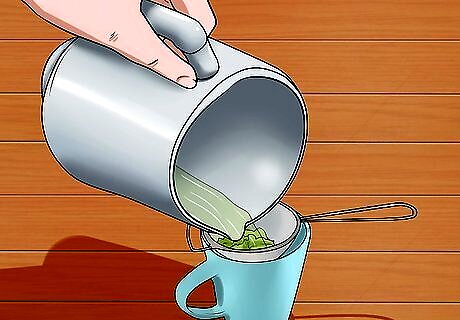
Pour off the water from the steeped tea. Add fresh water to the same tea leaves. You are now ready to re-brew the tea for drinking. Use a sieve to catch any tea leaves that come out with the water, and return them to the cup or teapot. Although this method won’t take all caffeine out of the tea, it will reduce the amount of caffeine in the tea. It could remove 20 percent of the caffeine. Now boil some more hot water. Pour it on the same tea leaves. Re-brew. You are now ready to drink the tea. If you boiled twice as much water as you needed, you can use the extra water you boiled to brew tea with the already steeped leaves.
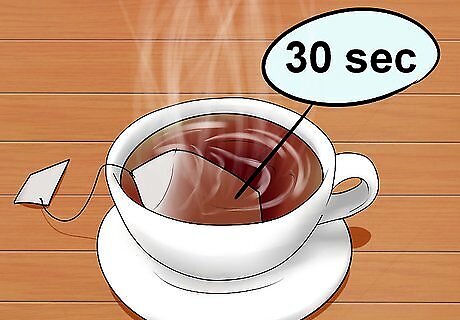
Put a teabag into a mug of hot water instead. This process is similar to using a tea kettle, but it can be done with a single teabag. Although some people insist you can only use the “steeping process” on loose tea, others insist it works with teabags too, so give it a whirl! It’s better if the water is boiling hot. Then, let the teabag sit in the water for 30 seconds. Now, pour out the water, but don’t discard the teabag. Cover the tea with 1 to 2 inches (2.5 to 5 cm) of water, depending on whether you're decaffeinating tea in a cup or a teapot. Finally, refill the mug with hot or boiling water, and steep your tea bag in the water again! Then, drink your tea. Caffeine is water soluble. That means, most of it will leach into the water, removing about 80 percent of the caffeine.
Going Natural When You Drink Tea

Choose Herbal tea. If you want to be sure you are drinking tea that doesn’t have caffeine in it, you could just go natural and forget the complex process. Herbal tea doesn’t have caffeine in it, or only as trace amounts depending on the brand, because it’s made with plant material instead of tea leaf. It will give you the feel of hot tea and provides antioxidants. Sometimes caffeine is found in small amounts in herbal teas because they are often manufactured at the same factories as non herbal teas, but the amounts are very small. Caffeine is found in 63 different types of plants, including coffee beans, tea leaves, and cocoa being most common.
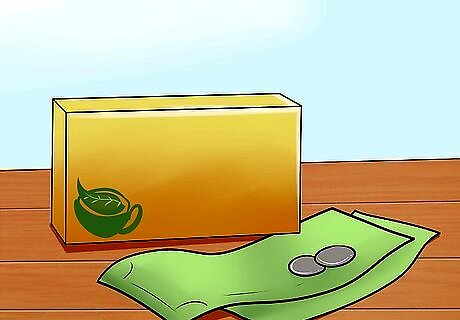
Buy decaffeinated tea. You can purchase decaffeinated tea in the store, of course, but it usually has gone through a chemical process. Some companies use natural ethyl acetate to decaffeinate tea. The tea leaves are moistened with the FDA-approved solvent, are dried, and then heated. This process requires a manufacturer not a home brew. When the water and solvent evaporate, they remove the caffeine from the tea with them.
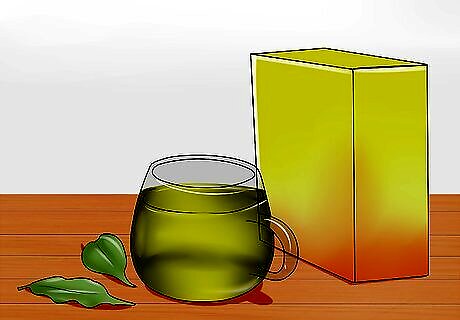
Pick green tea. If you want to lower your caffeine intake but still enjoy your favorite tea, pay attention to the color. White tea and green tea have the lowest amounts of caffeine. Oolong tea is somewhere in the middle. Black tea has the most caffeine, and coffee has the most yet. Tea will dehydrate you, so make sure you drink a glass of water after each cup of tea. Many decaffeination processes use carbon dioxide naturally present in the air to get rid of most of the caffeine in the tea leaves. This is done in the manufacturing process.













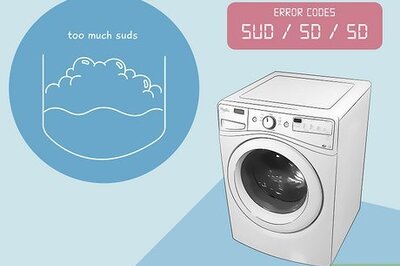
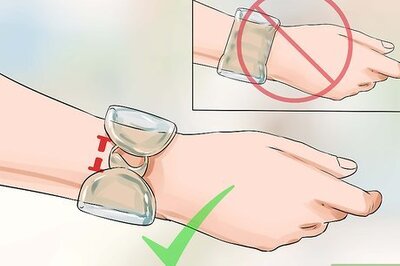
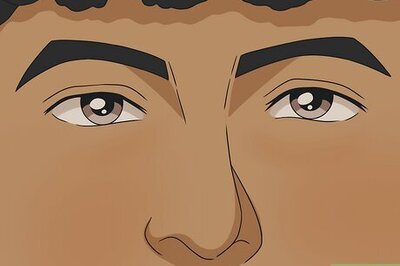


Comments
0 comment